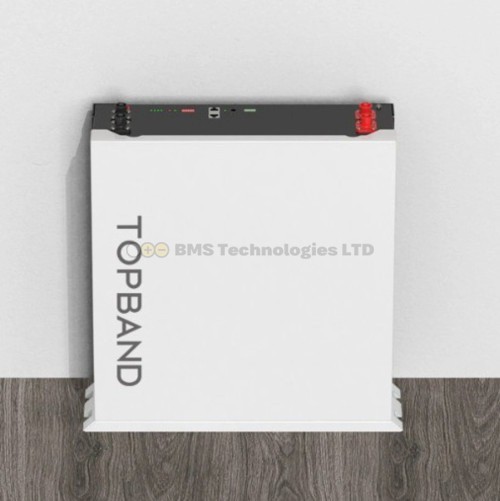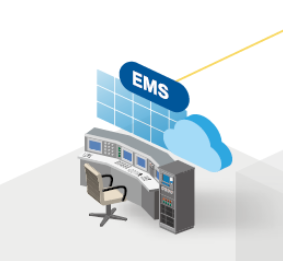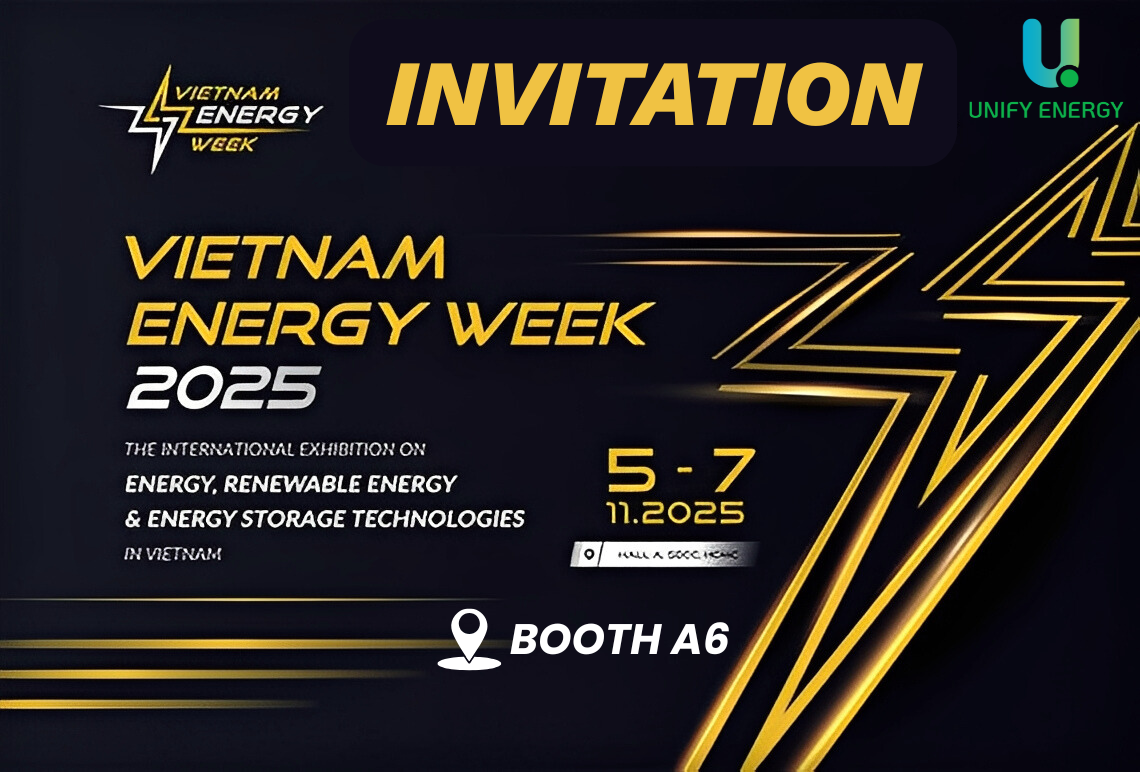Topband’s Optimization in Design and Manufacturing
All controllers are 100% designed, manufactured, and completed directly by Topband Group. Thanks to the synchronization within a single system, the BESS cabinets operate stably, achieve high efficiency, and ensure maximum safety.
In contrast, most other brands in the industry often outsource or integrate components from multiple sources. This reduces product uniformity, limits optimization, and negatively impacts overall operational efficiency.

1. Battery System
This is the heart of the BESS. Lithium batteries consist of many cells connected in series–parallel to form modules, which are then stacked into battery racks to achieve the desired voltage and capacity.

2. Battery Management System (BMS)
Considered the “brain” of the battery. The BMS monitors SoC, SoH, voltage, current, and temperature of each cell/module, analyzes real-time data, controls the battery environment, and balances cells. Thanks to this, the BESS operates safely and the battery lifespan is extended.

3. Power Conversion System (PCS / Bi-directional Inverter)

Batteries store energy in DC, while loads and the grid use AC. The PCS performs bi-directional conversion: DC → AC for discharging and AC → DC for charging. It can be controlled via preset programming, external signals, or EMS.
Types:
-
AC-coupled – common when adding storage to integrate with existing PV.
-
DC-coupled – shares the DC bus between PV and BESS for higher efficiency.
4. Controller
If the BMS is the brain of the battery, the Controller is the “master brain,” monitoring, controlling, and protecting the entire BESS. It communicates with the BMS, PCS, meters, transformers, etc., and provides overload and reverse current protection. It can integrate with third-party SCADA or EMS for centralized control.
5. Cooling – Heating – Ventilation System
Lithium batteries require optimal temperature maintenance. Cooling can be air- or liquid-based, ensuring a stable environment inside the enclosure to extend battery life, prevent damage, or avoid thermal runaway. Selecting the right cooling system improves overall BESS performance.

6. Fire Suppression System
An additional protection layer, acting as a preventive strategy in case of thermal runaway. When smoke or heat is detected, the system automatically activates, increases positive pressure to prevent fire spread, and discharges extinguishing agents such as 1230 to absorb heat and cool down—providing comprehensive protection for the BESS. Cabinets are built with thick, fire-resistant materials to prevent explosions and fire propagation outside.

7. Energy Management System (EMS)

The EMS manages, optimizes, and coordinates the BESS’s operation with external systems. It enables scheduling, load shifting, peak shaving, renewable energy integration, and centralized monitoring/control to maximize energy efficiency and economic benefits.








Leave a Reply